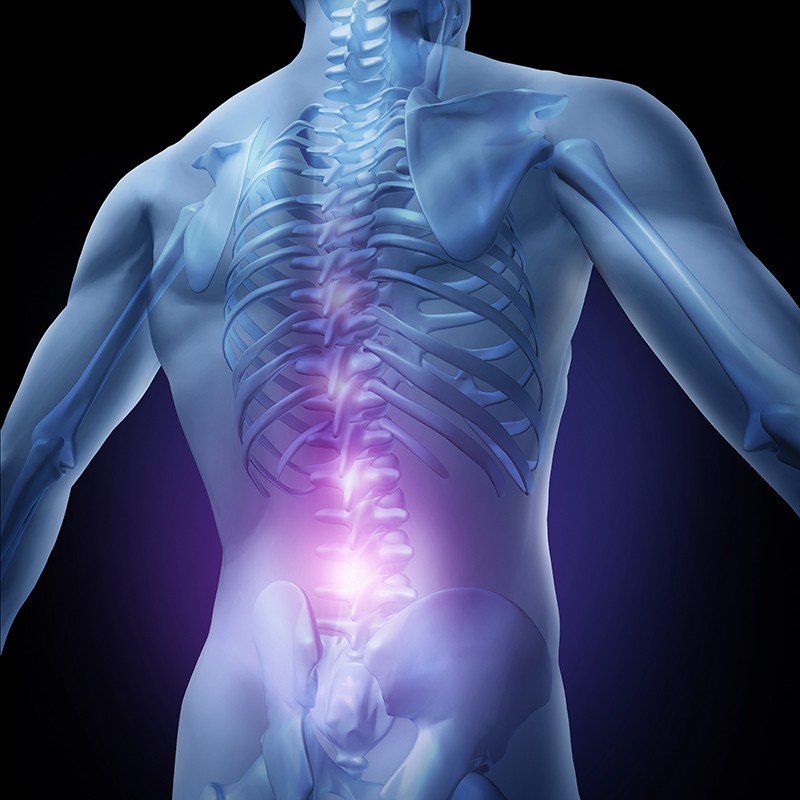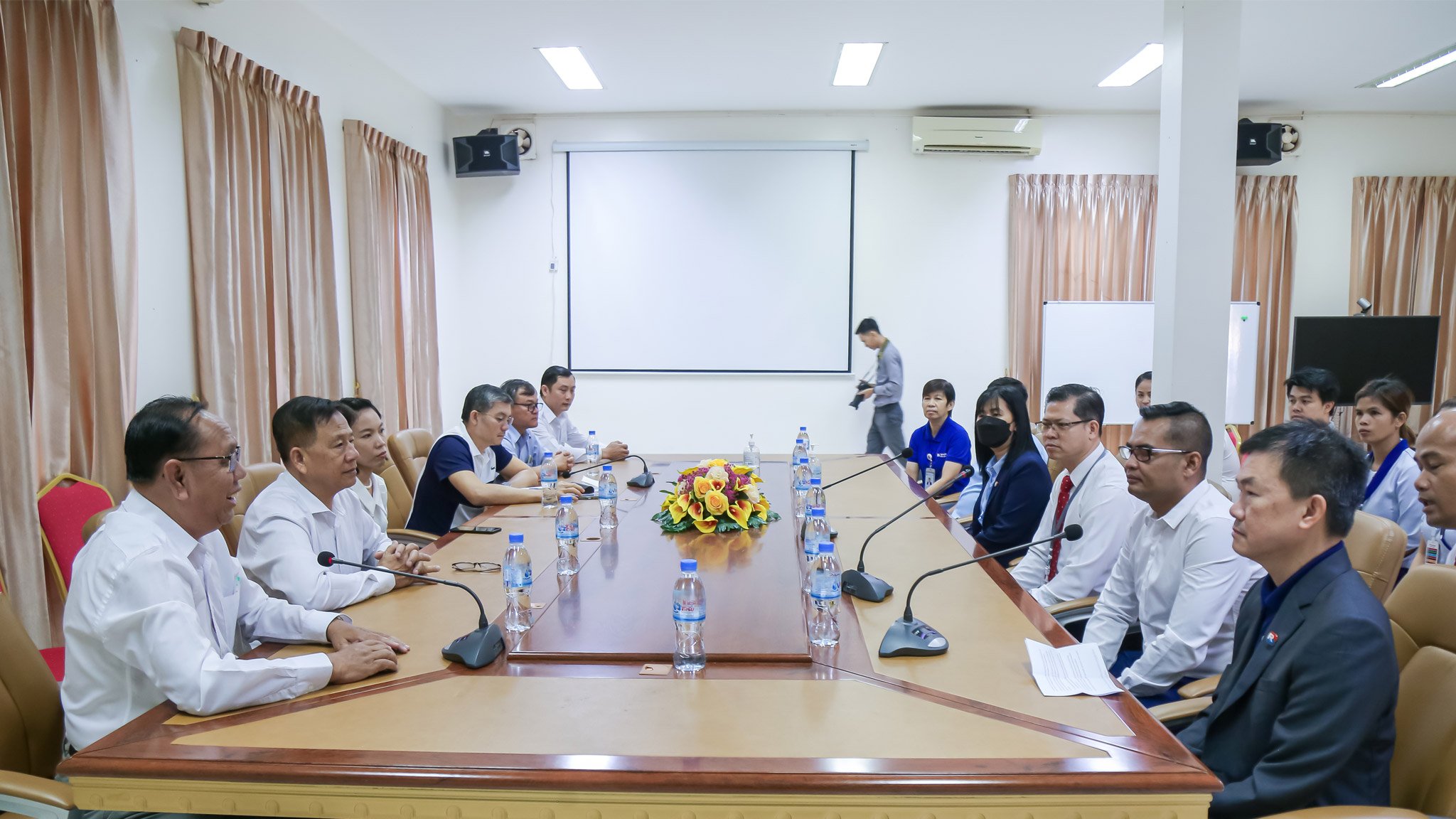Microscopic Discectomy Stop Back Pain By Microscopic Surgery
Microscopic Discectomy Stop Back Pain By Microscopic Surgery
Back pain can be uncomfortable and debilitating. Most acute back pain gets better with a few weeks of home treatment. However, for many the pain does not go away for a long period and becomes chronic. This might be a result from herniated disc or spinal stenosis. Patients suffering from these conditions may be candidates for microscopic surgery.
What is microscopic discectomy?
Microscopic discectomy/foraminotomy is done by using microscope with 20-100x magnification. The surgeon is able to see the nerves and surgical field clearly. Stealth Navigation System provides the surgeon with the ability to accurately navigate patients’ anatomy during the procedure. The system is designed to integrate with intraoperative imaging systems (IOM). This reduces the risk of nerve damage while provides high-quality imaging for surgical decisions. The incision is around 2 centimeters and blood loss is minimal. In addition, surgical time and recovery time is shorter.
Indications for surgery
- motor weakness or sensory deficit in the lower extremities
- severe pain that markedly diminished quality of life
- pain that persists after 3-6 months of conservative treatment
- altered bladder and bowel function

Candidates for microscopic discectomy
- Patients with herniated disc
- Patients with spinal stenosis caused by degenerative changes of spine, joint segment, and spinal disc
Advantages of microscopic discectomy
- Reduce muscle and surrounding tissue damage
- Can also perform laminectomy if needed
- Reduce pain and surgical time
- Shorter recovery time
Post-operative care
- Before leaving the hospital, you should be able to get in and out of bed/car.
- You should not sit longer than 60 minutes and not take part in heavy lifting or strenuous activities for 2 weeks after the surgery.
- 4 weeks after the surgery, you should perform exercise that strengthen abdominal and back muscles
Accurate diagnosis by a specialist is the most important. Treatment usually starts with the conservative method such as medicine and physiotherapy. If the pain does not go away for a long period of time and become chronic, the patient might need a microscopic surgery in order to relieve pressure on the nerve. Bangkok Spine Academy provides holistic care with an international standard from JCI (Joint Commission International), aiming to reduce unnecessary surgery in order to achieve maximum benefits for patients. Our goal is to help you get back to doing the things you enjoy by providing you the best treatment available. Reference: Dr. Supreecha Kapiya, a neurological/spine surgeon, Spine Center, Bangkok International Hospital
For more information: Spine Center, Bangkok International Hospital 7:00-20:00 For more information: Call 1719 Email: [email protected]







